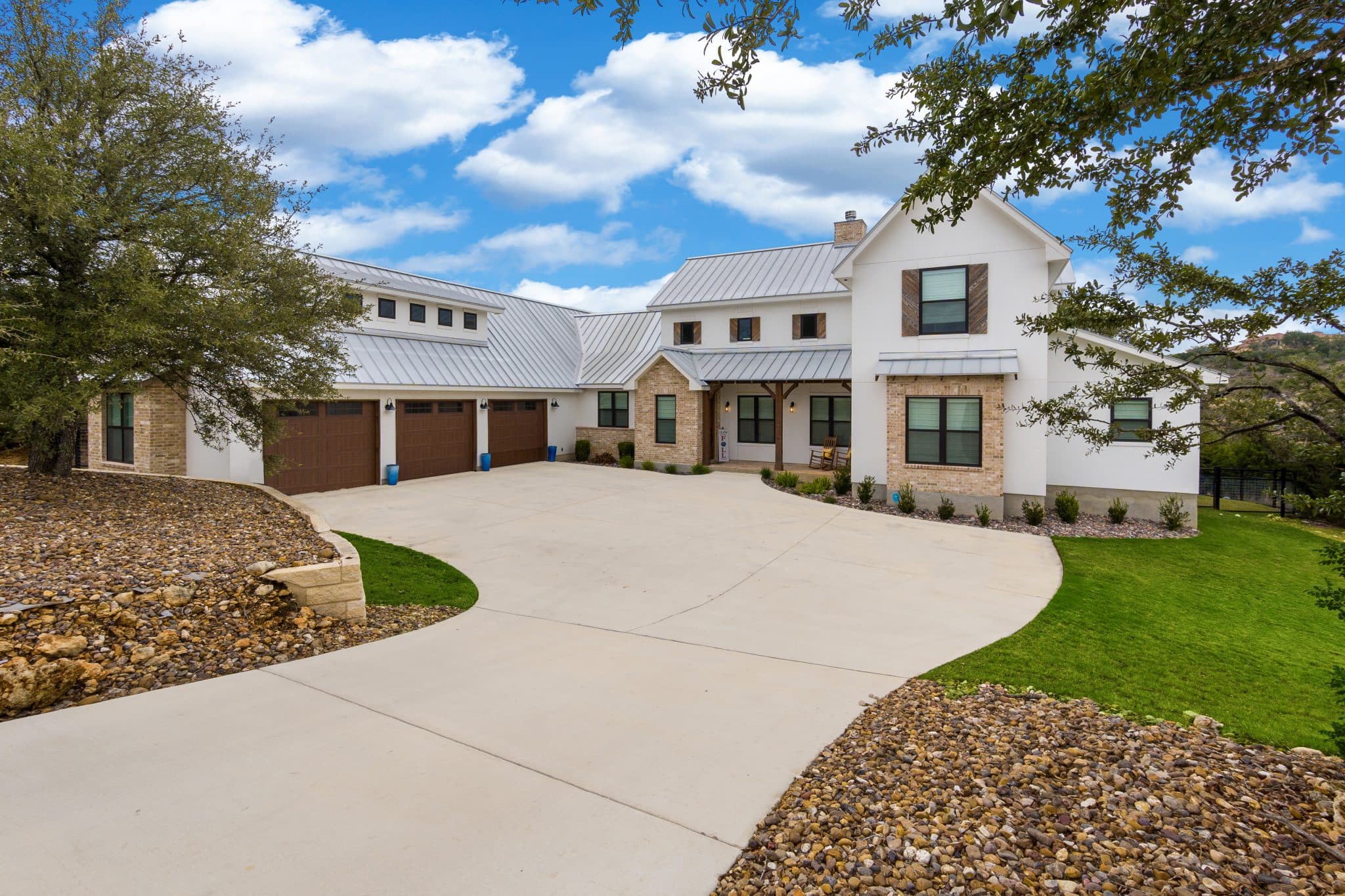4 Ways to Boost the Equity of Your Neighborhood
An equitable neighborhood means a happy neighborhood, where the structure and tempo serve those who call it home. But equity doesn’t happen by accident, it’s an intentional, cultivated, and reinforced value.
Community leaders, government officials, and residents can use these tips and strategies to instill equitable standards and guidelines.
1. Prioritize Play in Placemaking
Life has gotten so busy that it’s all too easy to forget to have fun. Between work, school, and the distraction of technology, kids are missing out on play. Not only that, but families are losing out on valuable recreation and bonding time, which can lead to challenges later.
Include play as one of your core values and insist upon pockets of play in every place possible. Partner with your city’s parks department to identify pocket park sites, where simple, sturdy equipment can infuse fun.
A metal swing set installed alongside a public transit stop allows kids a place to play while they wait. Add seating, native plantings, and signage and now your pocket park adds beauty to a previously ignored space. Include adaptive seating to increase equity among those with differing abilities so everyone has a chance to play.
Work with your development office to add incentives or requirements for green space and recreation in new builds. Even if you can’t offer a financial perk, setting the expectation that proposals should include recreation and art sets a positive tone. For developments with limited space, promote public art like murals or sculptures, both create a sense of place and fun.
2. Support Affordable, Flexible Housing
Housing equity is one of the best ways to ensure diversity in a neighborhood. By providing different housing types, structures, and a mix of owned or rented properties, a wider range of residents materializes.
Without housing diversity, new residents are less likely to consider moving to your community. Communities with only single-family homes may be less attractive to businesses, saddling families with high property taxes. With a mix of housing, property taxes can be more equitably distributed and affordability can improve.
Update policies for multi-family and multi-use developments in alignment with your equity priorities. Strive for a range of rent prices that ensure developers remain engaged while providing options and variety for residents. Balance your community goals with what’s feasible for a property owner so everyone can benefit.
3. Update Zoning Policies and Standards
Communities without thoughtful zoning standards are easy to spot, as their main streets are often chaotic, or sadly, crumbling. Work with community leaders, religious groups, and historic preservation offices to identify the opportunities and challenges your neighborhood faces.
Discuss community amenities and resources like grocery stores, schools, and healthcare. Some communities have been labeled as “food deserts,” meaning access to affordable, fresh food is lacking. Prioritize amenities for your community to add, working with economic development leaders to identify incentives and potential developers.
Incorporate accessible ways for residents to access these goods and services too, ensuring those involved in transit have a voice. Public works officials can offer insights into sidewalk and multi-use path budgets and future roadway expansion. Public transit corporations can speak to the feasibility of adding stops or presenting new ideas that enhance equity.
You may already know what you want to see less of, so examine the rules and limitations of those entities. Ensure appropriate restrictions and sign-offs are in place to preserve the neighborhood you desire while remaining attractive to businesses. Smooth processes so businesses can engage with the development process while offering clarity for what sign-offs and standards are required.
4. Preserve Historical and Cultural Spaces
Historical preservation is a labor of love, but it’s an effort worth its weight in gold. Identify places of cultural importance at a local or larger scale and work to preserve their integrity. A historical marker can label where an important speech or event occurred, adding to local history and placemaking.
Cultural hotbeds where individuals with similar countries of origin often have their own heartbeat. Celebrate these spaces by supporting the activations currently in place while encouraging sharing and community. If a traditionally Hispanic neighborhood has a summer festival, ensure policies make it easy for public gatherings to happen.
Get involved with community leaders planning events like these, identifying ways officials can support them. Doing so may reveal infrastructure needs, restrictive street closure policies, or even opportunities to open the event to the public. Encourage groups to share their culture and heritage with others while respecting their traditions and values.
Collaborate with communities to see if a cultural festival would be of interest, allowing others to learn more about their neighbors. Identify public art opportunities for communities to commission a mural featuring their neighborhood name or graphic representations of their culture.
Protect historic structures through zoning requirements and historical preservation assessments, leveraging public funds and grants to retain history. Collaborate with residents on exterior renovations, connecting them with funding assistance as they preserve history. Take a partnership approach that preserves culture and history while making it accessible and approachable for residents to be a part of preservation.
Make Your Community Full of Possibility
When your community is safe, equitable, and supports those who live and work within its bounds, everyone benefits. Keep human needs at the forefront of zoning standards, weighing potential investments with a long-term perspective. Build an equitable community and you’ll create a neighborhood that serves as a foundation for realized dreams.







